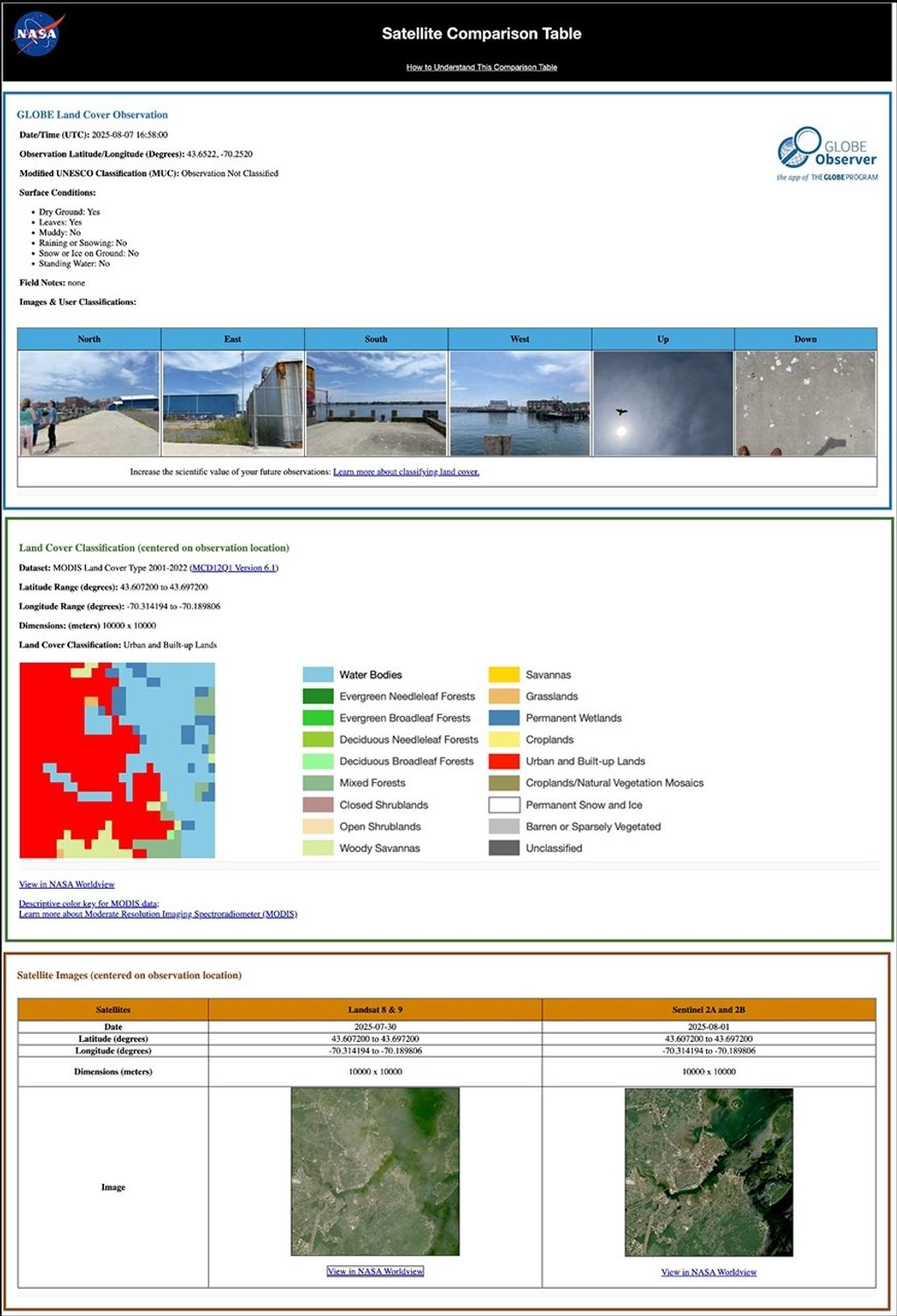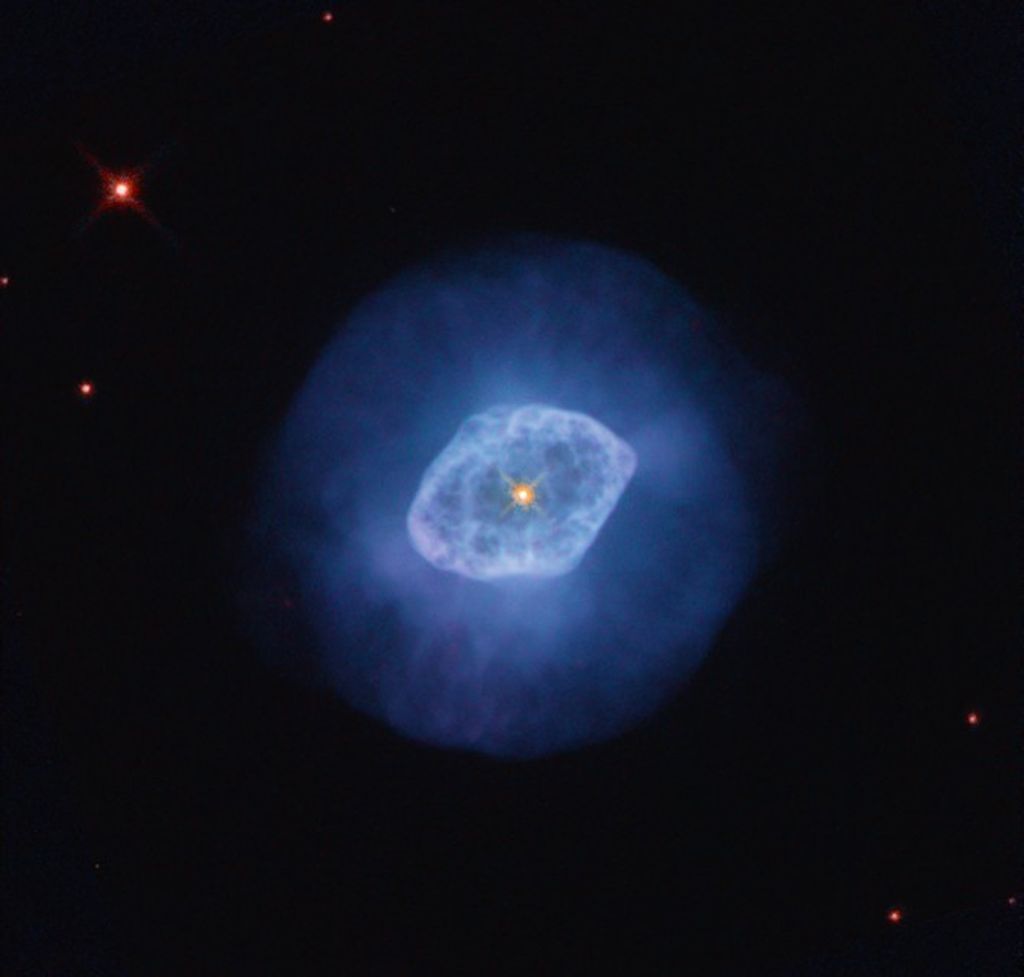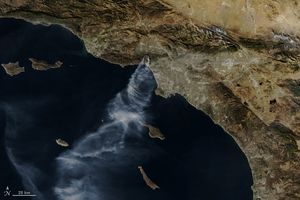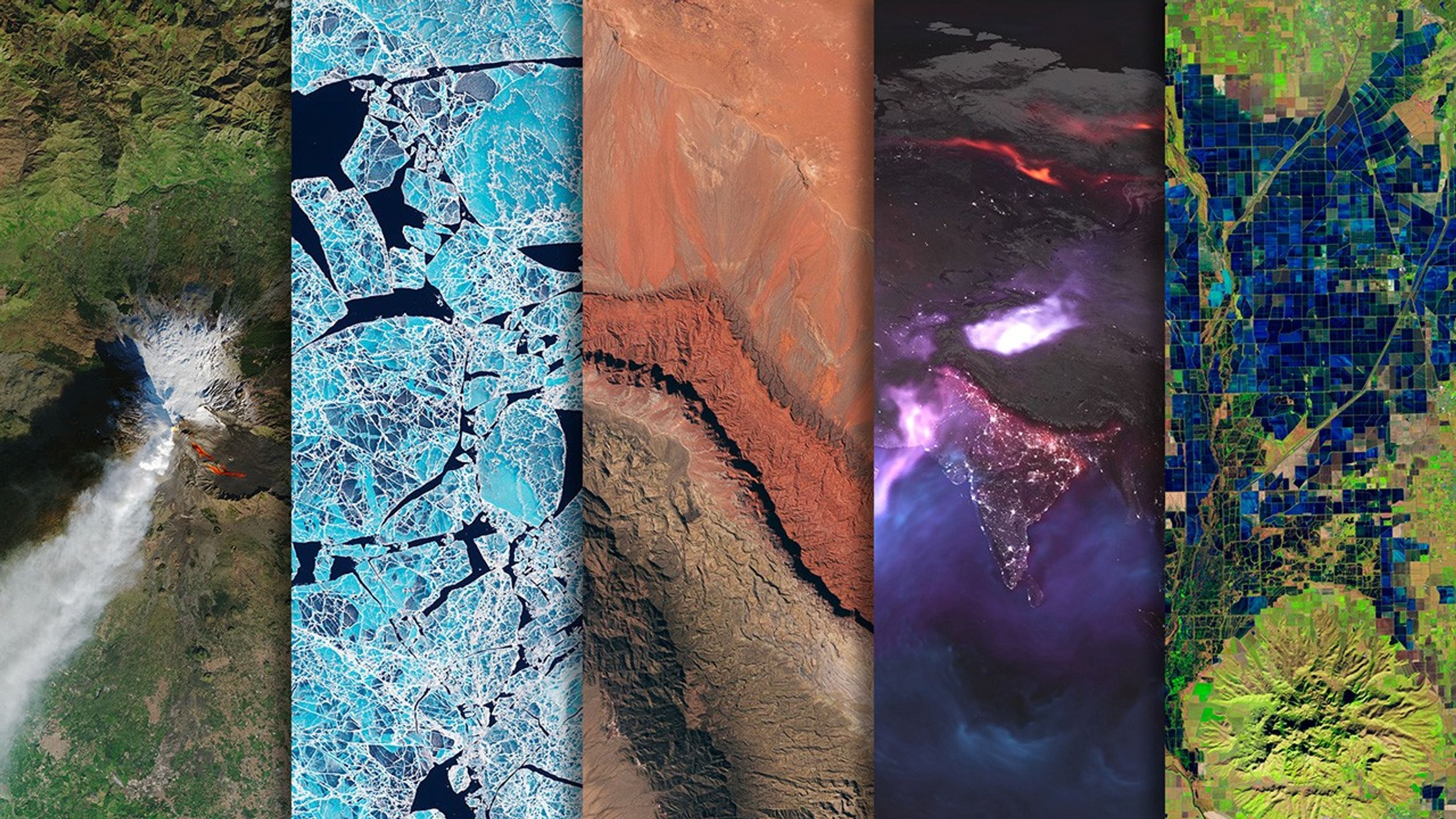The relation between atmospheric carbon dioxide concentration and beavers may not be readily apparent to the average person. As a scientist interested in the flux of carbon into and out of boreal wetlands, and a participant in the Boreal Ecosystems Atmosphere Study (BOREAS), Nigel Roulet finds the connection more obvious.
The BOREAS experiment was set up as a short-term, multiscale project. Data collection ranges from local, in-situ measurements to regional measurements obtained using remote sensing techniques. The experiment was designed with the intent of gaining a better understanding of the energy and gas fluxes between the boreal forest and the lower atmosphere. By varying the scale of data collection BOREAS scientists hope they can improve climate models to predict temperature and precipitation patterns in these mid-latitude regions. Researchers expect that output from these process models can then be incorporated into ecosystem models to more accurately represent global climate variation.
"One of the approaches of the BOREAS experiment was to use landscape ecosystem modeling. You model individual fluxes within the ecosystem and then use remote sensing information to scale up," explained Roulet, professor and director of the Centre for Climate and Global Change Research at McGill University.
Roulet's objective is to better understand the carbon flux between terrestrial ecosystems and the lower atmosphere. The BOREAS researchers are trying to account for the atmospheric distribution of carbon by identifying its sources and sinks.
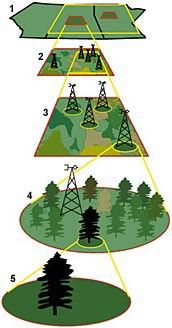
2. Study Area: SSA 103 km wide x 90 km, NSA 100 km wide x 80 km
3. Modeling Sub Area: SSA 50 km wide x 40 km, NSA 40 km wide x 30 km
4. Tower Flux Site: ~1 km x 1 km
5. Process Auxiliary Site: ~1 m2 - 1000 m2
BOREAS data is archived at the Oak Ridge National Laboratory (ORNL) Distributed Active Archive Center.
Debate abounds as to the location of carbon sinks. The common perception is that the oceans account for a large proportion of carbon dioxide uptake. It is unclear what percent of the carbon budget is attributable to oceanic uptake and what is attributable to terrestrial and atmospheric uptake.
Scientists have only been aware of the boreal forest's role as a large-scale carbon sink since the late 1980s. Forests absorb carbon when the fixation of carbon dioxide by the plants exceeds ecosystem respiration. The flux of carbon into forest ecosystems should equal the flux of carbon out of these systems, ensuring a balance between carbon dioxide levels and vegetation growth. Initially, increased atmospheric carbon had caused a jump in vegetation growth in the boreal forests. This process, however, seems to be slowing, resulting in lower amounts of carbon being recycled through the ecosystem.
During the BOREAS experiment, one of Roulet's tasks was to study beaver ponds, which were known to produce and release significant amounts of methane (an important greenhouse gas) into the atmosphere. "Wetlands make up from 25 to 50 percent of the Canadian boreal forest and beaver ponds constitute about seven percent of this total wetland area. We found that beaver ponds are one of the largest wetland sources of methane. So we knew that they were 'hot spots' in terms of methane emissions," said Roulet.
"The more interesting result, since we already knew that beaver ponds were large methane sources, is that we also found them to be large sources of carbon dioxide," said Roulet. "This means that they are a source of carbon dioxide to the atmosphere among forest ecosystems that are carbon sinks. The ponds have a large unit areas' source strength, so they can offset some of the sink occurring in the forest. Through analysis of air photos and remote sensing, we will determine the areal extent of beaver ponds and then we can estimate their role in the boreal carbon budget," said Roulet.
NASA Earth Observatory story by Rachel Hauser















